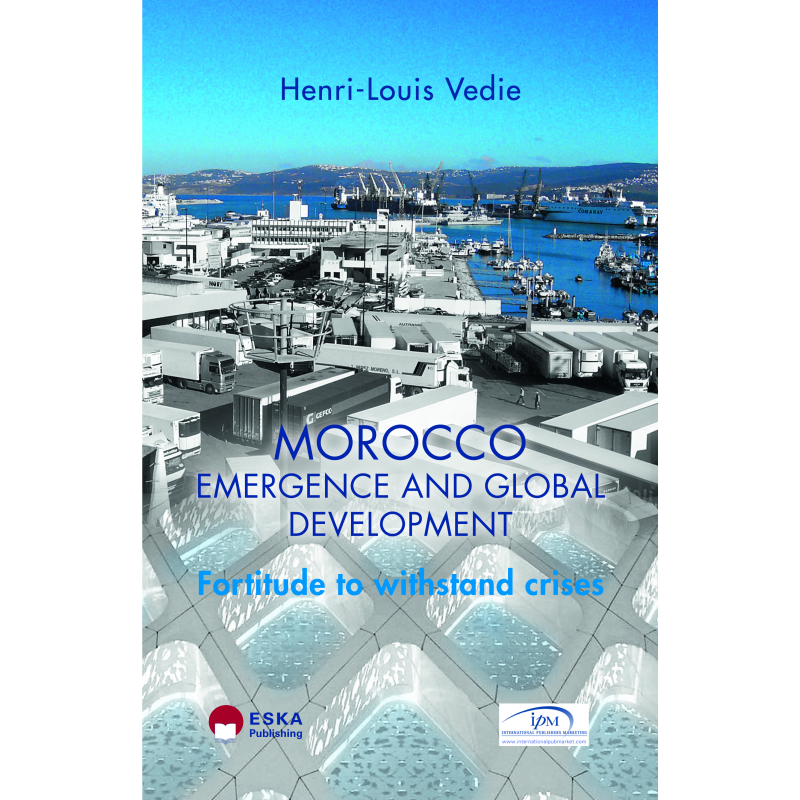



See/Download the video of the press conference of the 14th of April 2015 in London
See/Download the video of the press conference of the 16th of April 2015 in New York
 POUR COMMANDER
POUR COMMANDER
Contactez les Editions ESKA - par téléphone 0142865565 - par mail congres@eska.fr
 CGV
CGV
Consultez nos Conditions Générales de Vente
In 15 years the Moroccan economy has become not only an emerging economy but a resilient economy. Visitors to any region or province in the Kingdom see evidence of ongoing projects. This, of course, is not by chance or a gift of nature. Morocco’s economy, unlike that of neighbouring countries, is not a rentier economy. It has been necessary to innovate, take risks, etc. Led by its sovereign Mohammed VI, the initiator of all the extensive schemes, of a policy of major projects which Keynes would not have disowned, of opening up to world markets and the African market in particular, Morocco has chosen the path to modernity. That modernity is now part of a global development, making human development a primary aim and sustainable development a priority. This should enable Morocco to export clean energy to Europe.
Henri-Louis VEDIE has a doctorate in Economics and a graduate diploma in Law and is currently Emeritus Professor of the HEC School of Management (Paris), Finance/Economics Department. He has written dozens of articles, published in France and abroad, and some fifteen books on both micro-economics and macro-economics, focusing on current issues and on Morocco, on which he has become an acknowledged expert. He also acts as a consultant for companies and international bodies, including the Council of Europe.